This is a list of resources and research articles relating to neurologic conditions, physical therapy and other interesting topics! We will continue to update this list with relevant information and links. (*this is not intended to serve as a blank check endorsement, but is a tool to connect you to further resources)
physical therapy links
American Physical Therapy Association (APTA)
Central Oregon Links
Deschutes Forest Accessibility Map
Parkinson's Links
APTA Move Forward Parkinson's Guide
Keeping Moving - Exercise and Parkinson's
Parkinson's Resources of Oregon
Multiple Sclerosis Links
MS Society Exercise Recommendations
Stroke Links
Brain Injury Links
SCI Links
Funding Opportunities
Service Animals
Pawsitive Chance - Service Dog Provider
Research
1. Ries E. Beating Burnout. PT in Motion. 2019;11(1):28-39.
2. Ditchman N, Sung C, Easton A, Johnson K, Batchos E. Symptom severity and life satisfaction in brain injury: The mediating role of disability acceptance and social self-efficacy. NeuroRehabilitation. 2017;40:531-543.
3. Kalina JT, Hinojosa J, Strober L, Bacon J, Donnelly S, Goverover Y. Randomized controlled trial to improve self-efficacy in people with multiple sclerosis: The Community Reintegration for Socially Isolated Patients (CRISP) Program. American Journal of Occupational Therapy. 2018; 72
4. Sakakibara BM, Miller WC, Routhier F, et al. Association between self-efficacy and participation in community-dwelling manual wheelchair users aged 50 years or older. Phys Ther. 2014;94:664–674.
5. English C, Healy G, Coates A, Lewis L, Olds T, Bernhardt J. Sitting and Activity Time in People With Stroke. Physical Therapy. 2016;96(2): 193–201
6. Manns P, Dunstan DW, Owen N, Healy GN. Addressing the nonexercised part of the activity continuum; a more realistic and achievable approach to activity programming for adults with mobility disability? Phys Ther. 2012,92:614-625
7. Kohl H, Craig C, Lambert E, et al. The pandemic of physical inactivity: global action for public health. Lancet. 2012;380:294–305.
8. Cavanaugh J, Ellis T, Earhart G, Ford M, Foreman K, Dibble L. Toward Understanding Ambulatory Activity Decline in Parkinson Disease. Physical Therapy. 2016;95(8):1142-50.
9. Outermans, J., Pool, J., Van de Port, I., Baker, J., Wittink, H. What’s keeping people after stroke from walking outdoors to become physically active? A qualitative study, using an integrated biomedical and behavioral theory of functioning and disability. BMC Neurology. 2016;16:137.
10. Rohatinsky, N., Goodridge, D., Rogers, M., Nickel, D. (2017). Shifting the balance: conceptualising empowerment in individuals with spinal cord injury. Health and Social Care in the Community, 25, 769-779.
11. Rimmer J, Wang E, Smith D. Barriers associated with exercise and community access for individuals with stroke. JRRD. 2008;45(2):315-322.
12. Clarke P, Black S. Quality of Life Following Stroke: Negotiating Disability, Identity and Resources. The Journal of Applied Gerontology. 2005;24(4): 319-336.
13. Carson AJ, Ringbauer B, MacKenzie L, et al. Neurological disease, emotional disorder, and disability: they are related: a study of 300 consecutive new referrals to a neurology outpatient department Journal of Neurology, Neurosurgery & Psychiatry. 2000;68:202-206.
14. Mammen G, Faulkner G. Physical activity and the prevention of depression: a systematic review of prospective studies. American Journal of Preventative Medicine. 2013;45:649-657
15. Sturm, J et al. Physical exercise through mountain hiking in high-risk suicide patients. A randomized crossover trial. Acta Psychiatrica Scandaniavica. 2012;126:467-475.
16. Scholten EWM, Kieftenbelt A, Hillebregt CF, et al. Provided support, caregiver burden and well-being in partners of persons with spinal cord injury 5 years after discharge from first inpatient rehabilitation. Spinal Cord. 2018;56(5):436-446.
17. Adelman RD, Tmanova LL, Delgado D, Dion S, Lachs MS. Caregiver Burden: A Clinical Review. JAMA. 2014;311(10):1052–1060.
18. Blake H. Caregiver stress in traumatic brain injury. International Journal of Therapy & Rehabilitation. 2008;15(6):263-271.
19. Oregon Office on Disability and Health. Demographics of Oregonians with Disabilities 2017. Portland, OR: Oregon Health & Science University; 2019. Available from http://www.ohsu.edu/xd/research/centers-institutes/oregon-office-on-disability-and-health/datastatistics/
20. Selhub EM, Logan AC. Your brain on nature. 2012. Mississauga, ON: John Wiley & Sons.
21. Keniger LE, Gaston KJ, Irvine KN, Fuller RA. What are the benefits of interacting with nature? Int J Environ Res Public Health. 2013;10(3):913–935.
23. Murphy et al. Implementation Science 2014, 9:31. http://www.implementationscience.com/content/9/1/31
24. Atkins, et al. A guide to using the Theoretical Domains Framework of behaviour change to investigate implementation problems. Implementation Science (2017) 12:77.
25. Ma V, Chan L, Carruthers K. Incidence, Prevalence, Costs, and Impact on Disability of Common Conditions Requiring Rehabilitation in the United States: Stroke, Spinal Cord Injury, Traumatic Brain Injury, Multiple Sclerosis, Osteoarthritis, Rheumatoid Arthritis, Limb Loss, and Back Pain. Archives of Physical Medicine and Rehabilitation. 2014; 95:986-95.
26. Gale Robinson- Smith, Self-Efficacy & Quality of Life After Stroke. Journal of Neuroscience in Nursing. April 2002. Vol 33 No 2
27. Williams, M et al. Psychosocial outcomes after TBI: life satisfaction, community integration, and distress. Rehabilitation Psychology 2014, Vol. 59, No. 3, 298–305.
28. Jones, F and Riazi, A. Self-efficacy & self-management after stroke: a systematic review. Disability and Rehabilitation, 2011; 33(10): 797–810.
29. Ditchman, N et al. Factors Impacting Sense of Community Among Adults with Brain Injury. Rehabilitation Psychology 2017, Vol. 62, No. 2, 130–142
30. Nicole Ditchman, Lindsay Sheehan, Sean Rafajko, Christopher Haak & KellyKazukauskas (2016) Predictors of social integration for individuals with brain injury: An applicationof the ICF model, Brain Injury, 30:13-14, 1581-1589
31 . Sander A, Clark A, Pappadis M. What is Community Integration Anyway?: Defining Meaning Following Traumatic Brain Injury. J Head Trauma Rehabil. Vol 25; No. 2 p 121- 127
